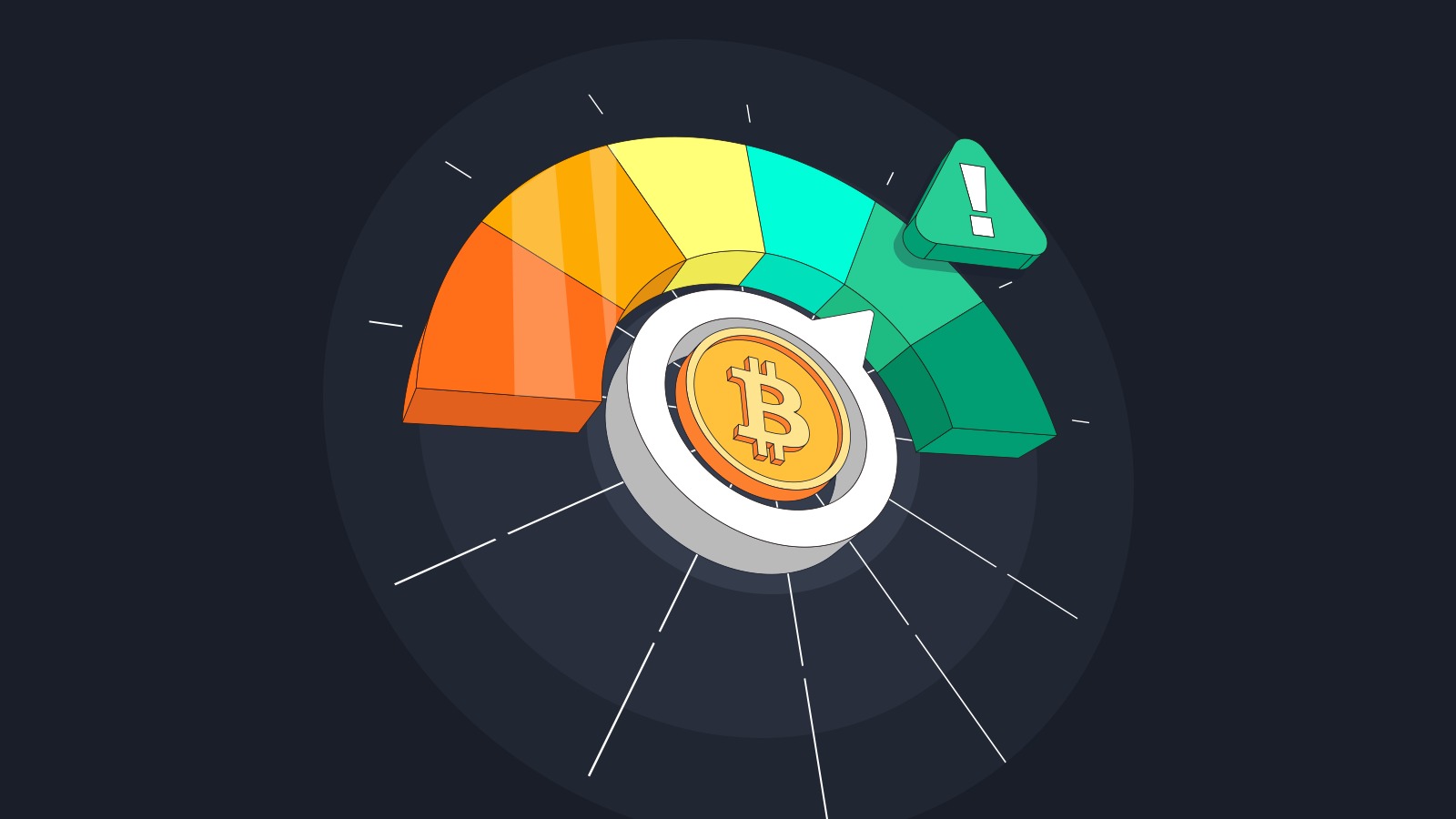Cryptocurrency trading has evolved, and with it, the prominence of crypto trading bots. These automated tools promise efficiency and convenience, but navigating the risks associated with them is paramount. This article dives into the realm of Crypto Trading Bot Risk Assessment, guiding you through the process of calculating and managing your exposure.
Risks in Crypto Trading
- Volatility and Market Fluctuations
The crypto market’s notorious volatility can amplify gains, but it equally magnifies losses. Understanding how your trading bot operates in different market conditions is crucial for risk assessment.
- Security Concerns
With the rise in cyber threats, ensuring the security of your crypto assets is non-negotiable. Explore bots with robust security features and stay vigilant against potential breaches.
- Technical Glitches
Even the most advanced bots encounter technical glitches. Delve into the historical performance of a bot to identify any patterns of malfunction and evaluate its impact on past trades.
Assessing Risk Exposure
- Importance of Risk Assessment
A comprehensive risk assessment forms the backbone of successful trading. It enables you to make informed decisions, balancing potential gains with potential losses.
- Factors Influencing Risk
Dive into the various factors influencing risk, including market trends, geopolitical events, and macroeconomic indicators. Understanding these elements empowers you to adapt your bot’s strategy accordingly.
- Quantifying Risk in Trading Bots
Assigning a numerical value to potential risks allows for a more precise evaluation. Explore risk-reward ratios and other quantitative metrics to quantify and compare risks effectively.
Strategies for Risk Mitigation
Strategies for Risk Mitigation are essential components of a successful approach to crypto trading bot usage. Diversification, as one key strategy, involves spreading investments across various assets, reducing the impact of potential losses from a single underperforming bot or market. This approach enhances resilience by creating a balanced portfolio that can weather fluctuations in specific sectors or currencies.
Another crucial tactic is setting stop-loss limits, a practice that automates the exit strategy when market conditions take an unexpected turn. By establishing clear thresholds for acceptable losses, traders can prevent significant financial setbacks and maintain control over their investment strategies. This proactive measure aligns with the principle of risk mitigation by offering a safety net against unforeseen market volatility.
Regular portfolio reviews constitute yet another effective strategy. By frequently assessing the performance of both the trading bot and the overall investment portfolio, traders can identify underperforming assets or bots promptly. This allows for timely adjustments, ensuring that the investment strategy remains aligned with financial goals and risk tolerance. These risk mitigation strategies collectively contribute to a more resilient and adaptive approach to crypto trading bot usage in the dynamic world of cryptocurrency markets.
Crypto Trading Bot Selection
- Researching Bot Providers
Thoroughly research and vet bot providers, considering factors such as reputation, track record, and customer reviews.
- Considering User Reviews
User reviews provide valuable insights into the actual performance and reliability of a trading bot. Pay attention to both positive and negative feedback.
- Trial Periods and Demo Accounts
Opt for bots that offer trial periods or demo accounts. This allows you to assess their performance in real market conditions before committing.
Monitoring and Adjusting Bots
Monitoring and adjusting bots play a pivotal role in maintaining a successful and adaptive crypto trading strategy. Real-time monitoring is a fundamental practice, allowing traders to keep a constant eye on their bot’s performance in response to ever-changing market conditions. This vigilance enables quick reactions to sudden price shifts or other unexpected developments, ensuring that the trading bot operates effectively in dynamic environments.
Periodic adjustment of bot settings is equally critical. Markets are dynamic and subject to fluctuations, and a set-it-and-forget-it approach may not be optimal. Traders should regularly review and fine-tune their bot settings based on evolving market trends, ensuring the strategy remains aligned with current conditions. Flexibility in adjusting parameters such as trade size, risk tolerance, and target profits allows for a more nuanced and responsive trading approach.
The combination of real-time monitoring and periodic adjustments empowers traders to optimize their bot’s performance continually. By staying actively engaged in the process and leveraging the data provided by monitoring tools, traders can make informed decisions and adapt their strategies to capitalize on market opportunities while mitigating potential risks. This hands-on approach to monitoring and adjusting bots reflects a commitment to staying ahead in the ever-changing landscape of crypto trading.
Crypto Trading Bot Risk Assessment: Calculating Your Exposure
- Using Risk-Reward Ratios
Evaluate the potential reward against the potential risk for each trade. This ratio aids in making decisions that align with your risk tolerance.
- Historical Performance Analysis
Analyze a bot’s historical performance to identify patterns and trends. While past performance doesn’t guarantee future results, it provides valuable insights.
- Predictive Modeling
Explore predictive modeling techniques to anticipate potential market movements and adjust your bot’s strategy accordingly.
FAQs
- How do I choose a reliable trading bot?
- Research reputable providers, consider user reviews, and opt for bots with trial periods for hands-on evaluation.
- Can trading bots guarantee profits?
- No, trading bots can’t guarantee profits. They operate based on predefined algorithms, and market conditions are unpredictable.
- What factors contribute to bot-related risks?
- Market volatility, security vulnerabilities, and technical glitches are common factors contributing to bot-related risks.
- How often should I review my bot settings?
- Regularly review bot settings, especially after significant market changes, to ensure they align with your investment goals.
- Is emotional resilience crucial in automated trading?
- Yes, emotional resilience is vital. It helps you stick to your strategy during market fluctuations, reducing impulsive decisions.
- Can historical performance predict future bot success?
- While not a guarantee, analyzing historical performance provides insights into a bot’s behavior and potential risks.
Embrace the world of crypto trading bots with informed and calculated risks. By understanding the nuances, implementing risk assessment strategies, and staying actively involved, you can navigate the complexities of Crypto Trading Bot Risk Assessment: Calculating Your Exposure.

